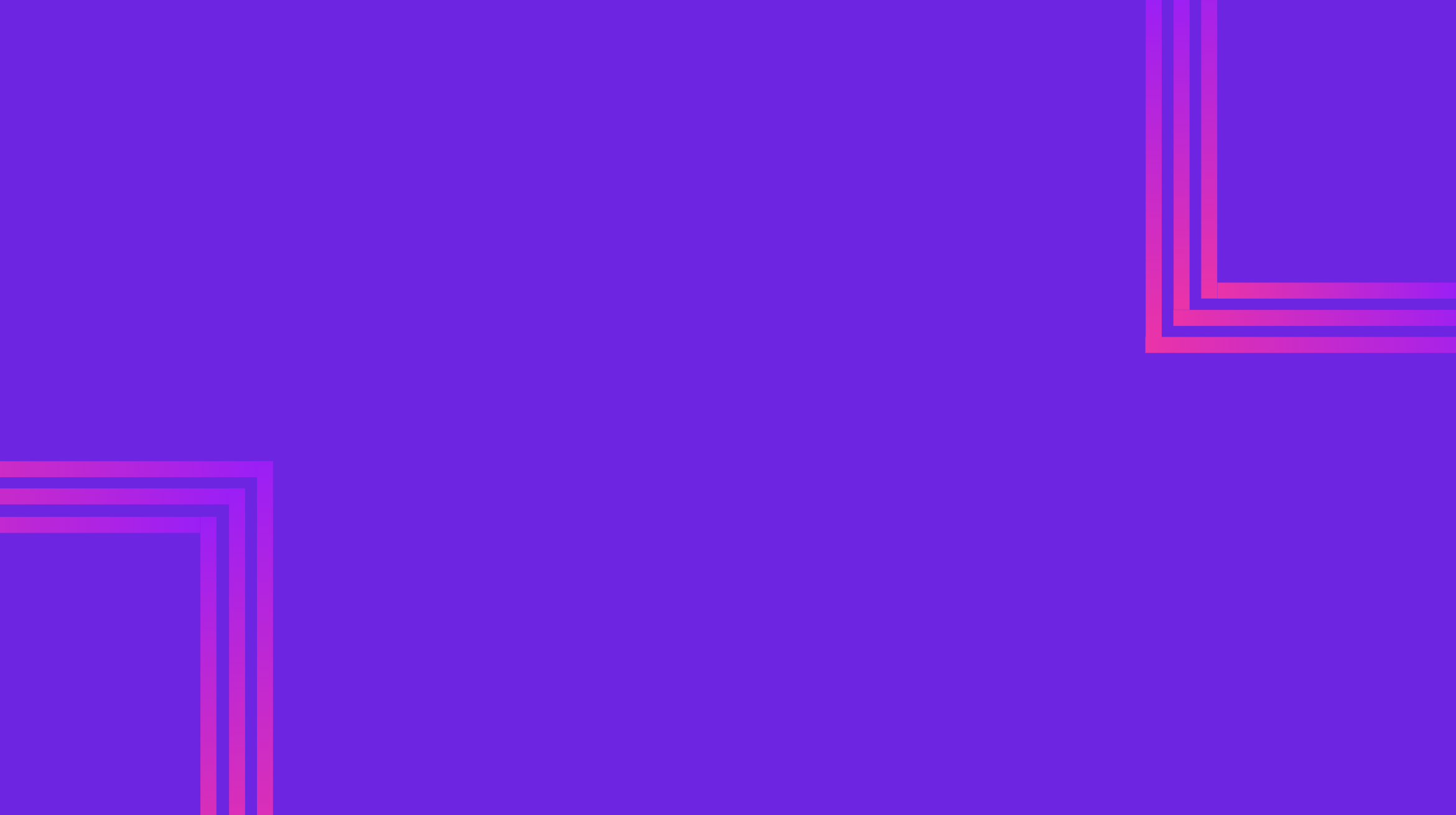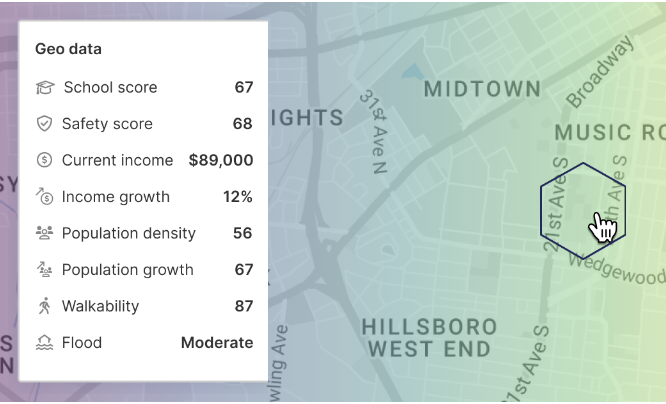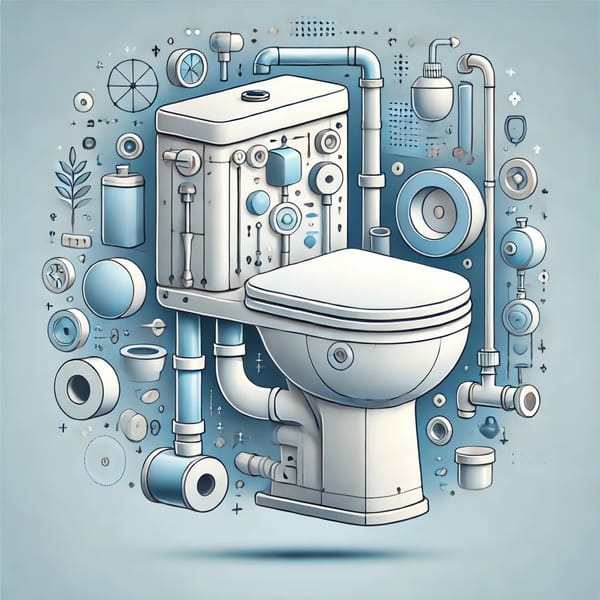Why Do Home Value Estimates Differ? A Deep Dive into Property Valuation
Ever wonder why Picket, Redfin, & Zillow predict very different home prices? It's all about the data!

In today’s real estate market, platforms like Picket, Zillow, and Redfin offer quick home value estimates, but if you’ve ever compared these numbers, you might have noticed significant discrepancies. Why do these estimates often differ so drastically? The short answer: It’s all about the data—how it’s collected, modeled, and processed. While the underlying algorithms may be similar, the variations arise from how each platform leverages its data. In this series, we’ll explore the intricacies of the data pipeline to uncover why these differences exist and which approaches offer the most accurate rental and sale valuations.

The Open Real Estate Company
Picket is on a mission to make real estate open, efficient, and fun for all
See How It's GoingPart 1: Modeling Property Data—The Foundation of Accurate Valuations
At the core of Picket’s valuation model is a deep understanding of property data. We categorize property attributes into four essential areas: location, land, laws, and structures. Each of these factors plays a crucial role in determining the true value of a property—and understanding them can help explain why different platforms might arrive at varying estimates.
1. Location: More Than Just a Pin on a Map

Location is often cited as the most critical factor in real estate valuation. However, what one platform considers a “prime location” may differ from another’s assessment. At Picket, we go beyond the surface by analyzing specific attributes tied to a property’s exact latitude and longitude, which we categorize into economic and proximity attributes.
Economic Attributes: These factors provide insight into the financial health and growth potential of an area. By analyzing metrics such as average income, employment rates, and market trends, we ensure that valuations accurately reflect the broader economic context.
Proximity Attributes: Different platforms may weigh proximity to amenities or undesirable features differently. The more locational context a model has, the better it tends to reflect the realities of real estate markets. At Picket, for example, we consider over 50 different positive and negative proximity factors, such as the distance to high-voltage power lines, lakefronts, railroads, and industrial zones, to name a few.

Open {pricing} API
Already have your own system? No problem. Try Picket's API instead.
Developer Docs2. Land: Unpacking the Value Beneath Your Feet
Land Attributes are another source of variation between valuation models. While not all land attributes have a significant impact on prices, a model that includes the most meaningful land-specific factors will outperform those that only consider basic attributes like lot size. At Picket, our valuation models are trained on attributes such as:
Size and Topography: While most platforms account for lot size, a good valuation model should go deeper by analyzing the actual topography. A larger, unusable piece of land may actually be less valuable than a smaller, prime piece of real estate. The details matter.
Views and Orientation: Many buyers care about the view and orientation of a property, and as a result, these attributes can lead to valuation differences.
Natural Features: The presence of mature trees or water features is often underrepresented in traditional valuation models, yet these elements can significantly impact property prices.
3. Laws: Navigating the Legal Landscape

Legal Factors: Zoning regulations can lead to significant differences in property valuations. For example, a property that appeals to both homeowners and developers is likely more valuable than one zoned solely for owner-occupants.
Zoning Regulations: The potential for multifamily development versus single-family homes can lead to drastically different valuations. However, a property’s specific zoning is not the only factor—nearby zoning also matters. For example, a nearby block zoned for multifamily use increases the likelihood of future supply increases, which can impact the value of nearby single-family neighborhoods. While most models incorporate basic zoning attributes, they often overlook factors like nearby zoning and local zoning trends.
Legal Restrictions: Easements, environmental regulations, and historical preservation laws can also cause significant variations in property values. These factors are often omitted from valuation models due to the challenges in collecting, cleaning, and maintaining the necessary data sets.

Picket is Free to Use
Picket offers a free version of our product to investors and vendors of all sizes
Explore Product4. Structures: The Human Element in Property Valuation
Finally, the structures built on the land—whether homes, garages, or other additions—are crucial to understanding why valuations might vary. Some of the most important structural attributes are often the ones missing from most models because they are the hardest to collect and maintain. At Picket, we developed a vision-based model that analyzes every single historical listing photo to extract key attributes often missing in other models, such as:
Construction Quality and Condition: A robust model needs to incorporate the condition and finish level of key aspects of a property, such as the kitchen, bathrooms, and exterior.
Design and Layout: Design details significantly impact value. For example, an open kitchen is generally more valuable than a closed one, and a house with more windows and natural light typically increases in value.
Enhancements & Unique Features: Sometimes, it's the less common, more idiosyncratic features that impact property values. Effective models must account for these long-tail attributes that influence desirability. For example, a property where every room is painted a different neon color will generally turn off buyers and lead to lower property valuations.
The Power of Data
By meticulously modeling these four categories—location, land, laws, and structures—we recognize that a good property valuation model must be grounded in a rich and robust understanding of data. At Picket, we train our models with as much of this context as possible and are constantly seeking ways to acquire, collect, or generate better data. Existing machine learning models are more than capable of delivering accurate and dynamic pricing models. The real unlock? Better data.
In the next installment of this series, we’ll explore how data collection and generation methods can further influence the accuracy of property valuations, offering deeper insights into why some estimates might miss the mark.

Built to Scale
From buying your first house to your 1,000th, Picket delivers simple, powerful, and beautiful products to help you succeed.
See for Yourself





